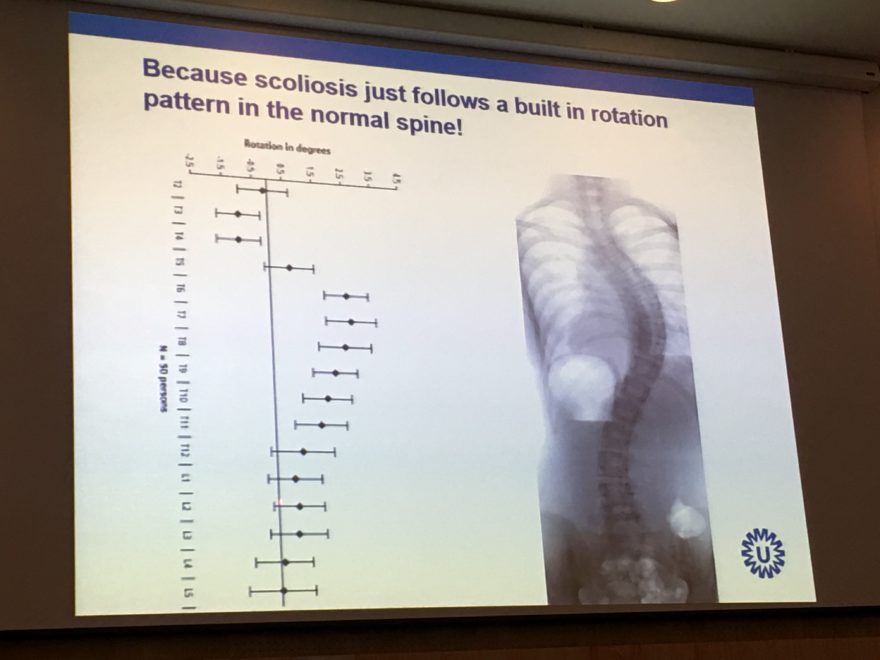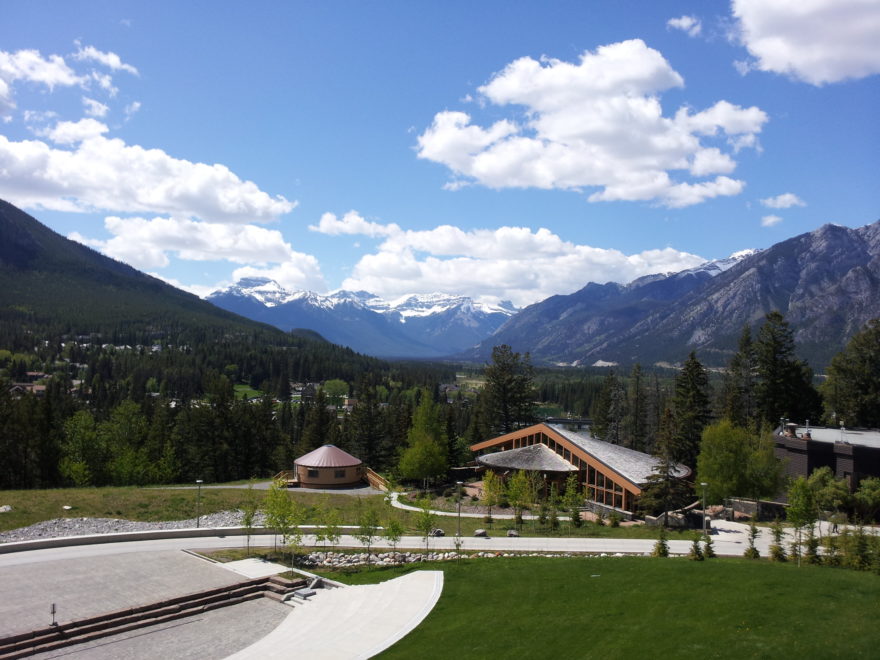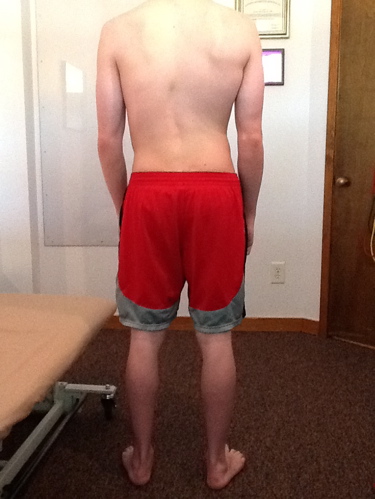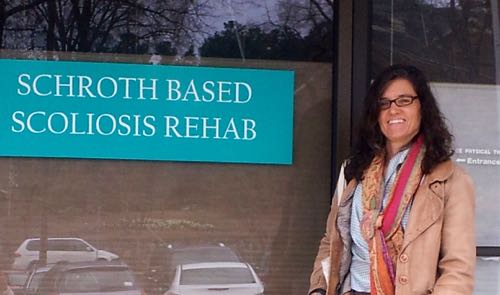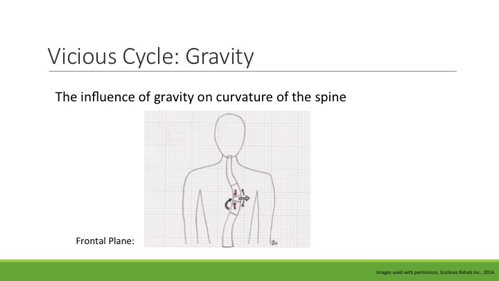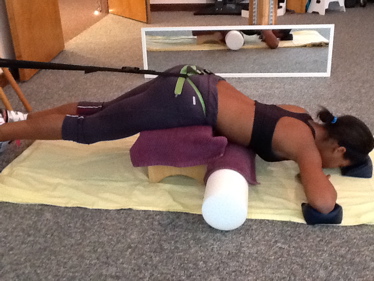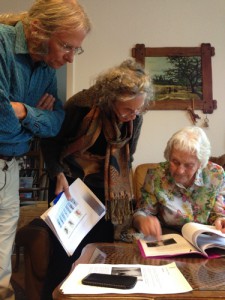2019 SOSORT was the 14th international meeting of the Scientific Society of Scoliosis Orthopaedic Rehabilitation Treatment (“SOSORT”). This year’s location was in the heart of San Franciscos’s bustling downtown. Educational courses, research presentations and highlighted speakers were scheduled in rapid succession. Susan Henning, Lisa Mangino and Molly Miller were in attendance, representing Advance Physical Therapy,… Continue Reading →
Treatment of Scoliosis: 2018 International Recommendations
The international community came together this April 2018 to review current best practices and international recommendations for conservative treatment of scoliosis. Dubrovnik, Croatia, a beautiful, ancient city on the Mediterranean coast, was the wonderful site of this year’s SOSORT gathering. SOSORT, the Society of Scoliosis Orthopaedic and Rehabilitation Treatment, is dedicated to the aim of… Continue Reading →
Society on Scoliosis Orthopaedic & Rehabilitation Treatment (SOSORT)
SOSORT is an international scientific research society dedicated to furthering the most effective treatment of scoliosis by conservative methods. This society, made up of MD’s, PT’s and Orthotists meets yearly. SOSORT 2016 took place in May in Banff, Canada. This year’s meeting was specifically organized as a joint meeting with IRSSD (International Research Society of… Continue Reading →
Summer Heat May Reveal Developing Scoliosis
Summertime – green and gorgeous, heat waves that influence us to wear the minimum clothing needed, bathing suits, sports and camps. This is often the first opportunity parents have to notice scoliosis forming in their growing adolescent’s spine. There may be differences in the height of the child’s shoulders. One hip may appear “shifted” out… Continue Reading →
What are Curvatures of the Spine?
The human spine is made up of 33 stacked vertebrae. These segments allow small movements in all directions which facilitates balance in the upright position. A normal human spine is not straight. There are small curves at the neck, upper back and low back. If these curves become exaggerated, posture, mobility and stability of the… Continue Reading →
What Are Your Teeth Trying to Tell You?
Are you listening? Did you know that of all your body parts, your teeth are of the most sensitive? They will tell you if there is a raspberry seed caught in them. They will tell you if the drink you are drinking is too hot or too cold. They will tell you if you need… Continue Reading →
Vicious to Virtuous Cycle in Adolescent Idiopathic Scoliosis – Part 2
* Muscle Imbalance * Gravity * Breathing * Body Schema * Walking The Vicious Cycle describes how these factors, listed above begin to reinforce curvatures that have developed, often in hypermobile, restless, young people. (see part 1) However, it has been postulated that these same factors could be utilized to re-balance curvatures if applied in… Continue Reading →
Schroth based Scoliosis Treatment in the Physical Therapy World
On 3/19/15, Jean Masse, PT, DPT, PRC, OCS, ATC, was invited to speak to the UNC Physical Therapy Class of 2017 about scoliosis. Jean gave an eloquent and enlightening presentation to these students, inviting them to explore rehabilitation techniques utilized in Europe for nearly 100 years, but only recognized in the US beginning in 2008…. Continue Reading →
Scoliosis: From Vicious to Virtuous Cycle- Part I
As mentioned in my previous blog, the vicious cycle concept has been researched and developed by Dr. Ian Stokes. Simply stated, it describes how environmental and physiological factors contribute to the progression of a curvature once that curve has passed a certain limit. About 25 degrees is the generally acknowledged tipping point. What are these… Continue Reading →
The Tremendous Advantage of Early Detection and Treatment of Adolescent Idiopathic Scoliosis
While spinal curvature can develop at any time in a person’s life, there is a tremendous window of opportunity to rehabilitate these changes when it is noticed at a young age, before bony maturity is reached. In fact, idiopathic curvatures most frequently develop during growth spurts, before or during puberty. The etiology or the reason… Continue Reading →
Postural Restoration, the evolution of a new paradigm
As I was returning from another intensive study program, this time, the Postural Restoration Advanced Integration Course in early Dec. 2014, I reflected back, in awe, at the techniques, understandings and tools available to us for maximizing the ability to live balanced, healthy and creative lives in bodies which can move and rest efficiently and… Continue Reading →
Adolescent and Adult Scoliosis Advanced Treatment Certification
Susan Henning, Jean Masse, and Lisa Mangino have completed their advanced training in managing older adults with scoliosis. These therapists have already completed intensive training and certification (C1) in managing Adolescent Idiopathic Scoliosis (AIS) using Schroth based Methods, from the Barcelona Scoliosis Physical Therapy School (BSPTS). The high level (C2) Schroth based certification program qualifies… Continue Reading →
Come See What We Do
We would like to welcome our colleagues, friends, clients and patients to a free public lecture reviewing the history, background and general “nuts and bolts” of the powerful work we are doing to address curvature of the spine. “The Influence of Position and Breath In the Treatment of Adolescent Idiopathic Scoliosis using Postural Restoration and… Continue Reading →
Susan Henning PT, PRC Invited to Join SOSORT
In 2014, our own Susan Henning PT, PRC was again honored for her dedication to the progression of non-surgical treatment of scoliosis. She was invited to become a member of SOSORT – The ‘International Society on Scoliosis Orthopaedic and Rehabilitation Treatment‘. She is one of only a handful of American Physical Therapists with this… Continue Reading →
“Nu-Schroth” Not “Schroth Method” Says Krista Lehnert-Schroth
At this year’s meeting of SOSORT, the International Society of Scoliosis Orthopaedic Rehabilitation and Treatment, in May, in Wiesbaden, Germany, I had the great honor of meeting Christa Lehnert-Schroth, PT, author of “Three Dimensional Treatment for Scoliosis’, director of the Katharina-Schroth Clinic until 1995 and daughter of Katharina Schroth, the founder of the Schroth Method… Continue Reading →
When to start treatment for scoliosis?
It is generally agreed that scoliosis is diagnosed when a curve of 10 degrees Cobb angle or greater is identified. Curves under 20 – 25 degrees are considered chaotic – that is – whether or not the curve will progress cannot be accurately determined. Once a curve reaches 25 degrees Cobb angle, it is likely… Continue Reading →
Advance Physical Therapy Treatment Featured at International Scoliosis Society Meeting
Wow! This has been an exciting week for Advance Physical Therapy and for a spotlight on our approach to conservative spine and scoliosis management. Advance Physical Therapy’s co-owner Susan Henning PT, PRC is a nationally recognized speaker on the topic of scoliosis management, was invited to present her work on the powerful combination of Schroth… Continue Reading →
Cutting Edge is Old News for Conservative Treatment of Scoliosis
I have spent the last year intensively studying, practicing and developing treatment for scoliosis using Postural Restoration and Schroth based Methodologies. Scoliosis is diagnosed when a 10 degree curvature of the spine is present. Since few U.S. pediatricians or spine surgeons are aware of the rehabilitation potential for scoliosis commonly utilized in Europe, families are… Continue Reading →
Susan Henning PT, PRC to Present on Scoliosis at National Symposium
Our own Susan Henning PT, PRC has been doing groundbreaking work towards improving the lives of people with scoliosis. Susan combines the Postural Restoration approach and Schroth based principles of spinal correction. She has had dramatic clinical results and has been asked to share her unique approach with other experts and practitioners in the… Continue Reading →
Scoliosis and Schroth Method of exercises:
This is a patient testimonial offered by the parent of a current patient at Advance Physical Therapy: C is a (13 yr old female) who had a scoliosis upper curve of 51 degrees and lower one of 45 degrees in Jan 2013. Two top Ortho surgeons in Raleigh both recommended surgery ASAP. We felt that… Continue Reading →
A Patients Perspective on Managing Her Scoliosis
61 Year Old Female with Scoliosis I have been working with Susan Henning since the autumn of 2010. I am a 61 year old female whose scoliosis was diagnosed at the age of ten during a pediatric check up. I was most fortunate to avoid back surgery since my spinal growth stopped at about twelve… Continue Reading →
Scoliosis and Schroth-based Method of exercises
These are the experiences from one of our families seeing us for the treatment of their teenage child’s scoliosis: “C (13 yr old female) had a scoliosis upper curve of 51 degrees and lower one of 45 degrees in Jan 2013. Two top Ortho surgeons in Raleigh both recommended surgery ASAP. We felt that surgery… Continue Reading →
Initial Thoughts following certification in the Schroth Method of Scoliosis Rehab
Jean and I have just returned from an intensive course on the physical therapy, 3-dimensional treatment of scoliosis in adolescents. This course, designed by the Barcelona Scoliosis Physical Therapy School, evolved from the Schroth method developed by Katarina Schroth, beginning in the 1930’s Germany. Techniques have been further refined by Christa Lehnert-Schroth, P.T., the… Continue Reading →
Sensory Awareness Workshop
Marlene Zweig is coming from Denver, Colorado to lead a Sunday workshop on November 11 from 10am to 4pm. Sensory Awareness explores our body as a source of wisdom and intelligence and of pleasure and delight. Becoming more embodied would lead us to actually experience how good it is to be alive. Please call our… Continue Reading →


